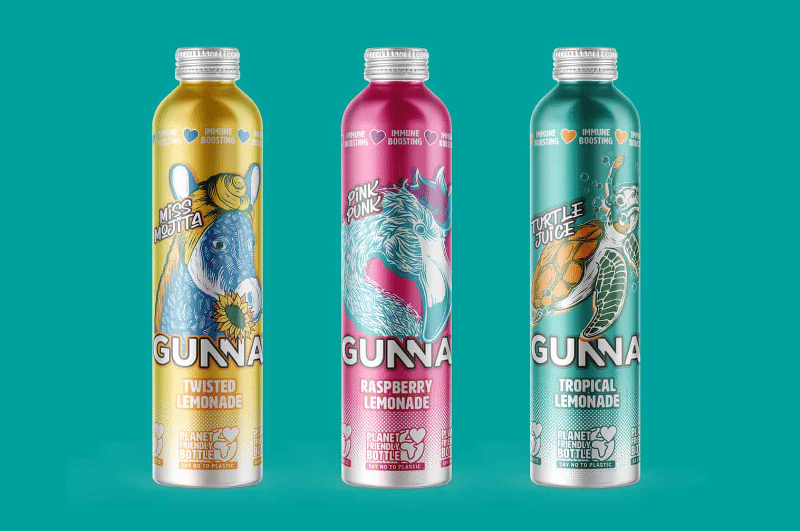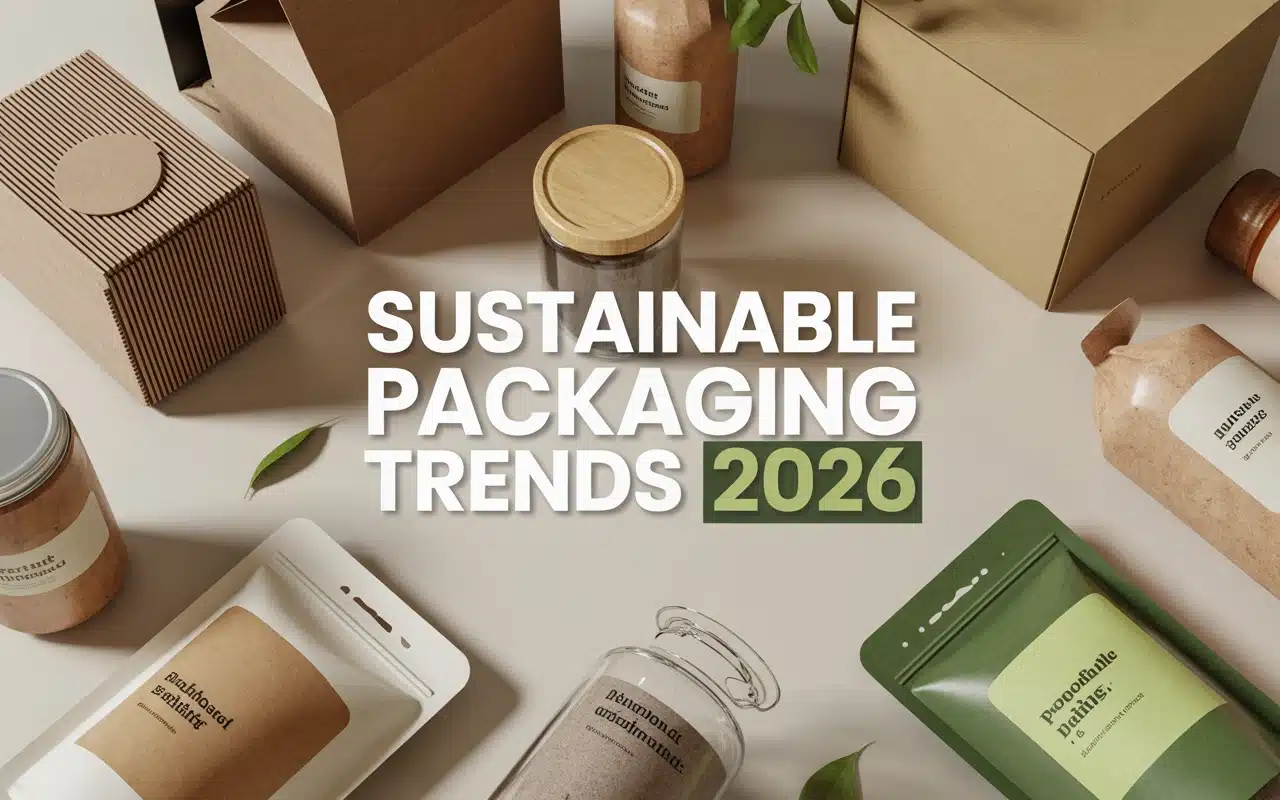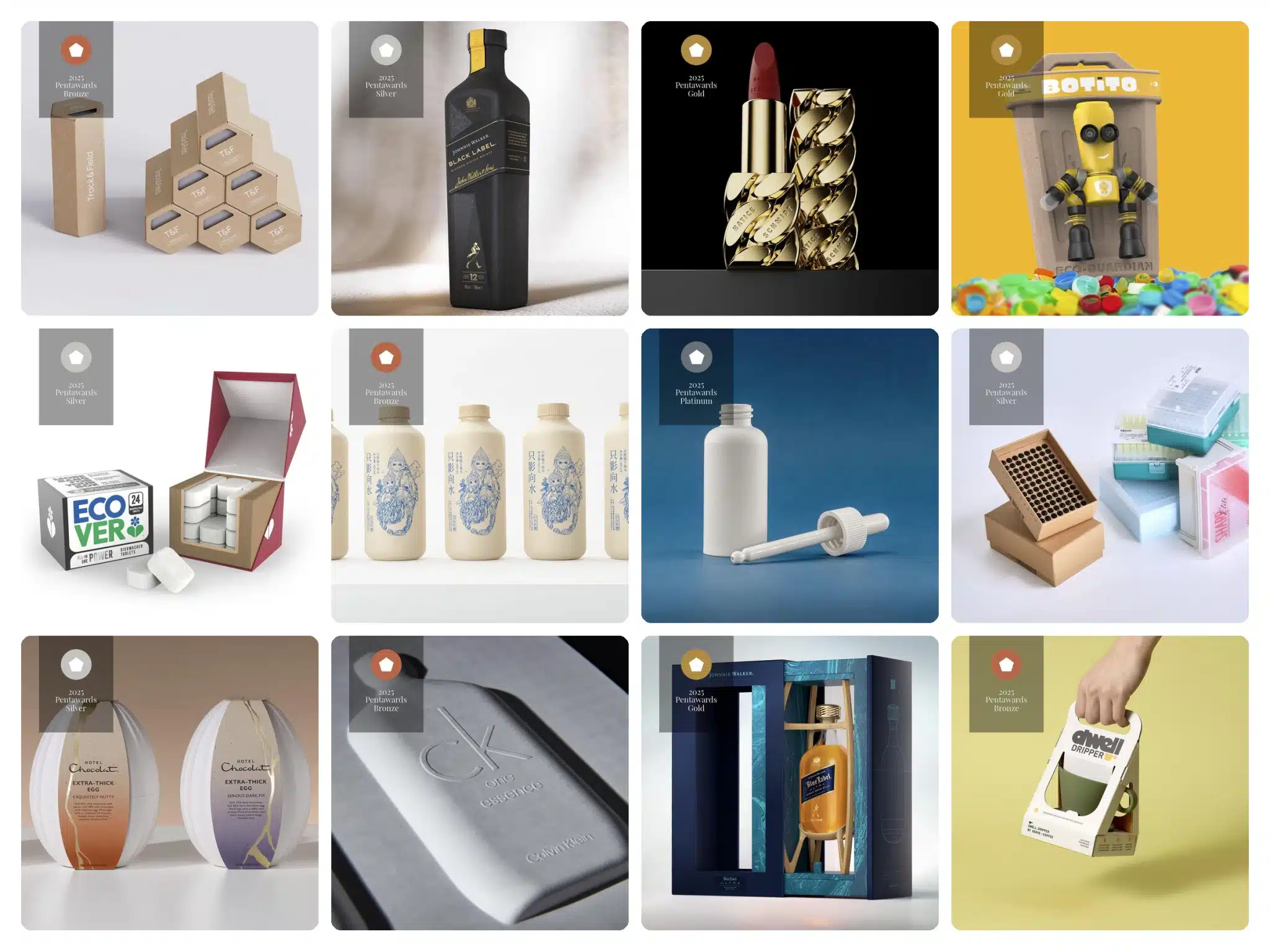Packaging isn’t just graphics and glue; it’s compliance math. Over the next 12–24 months, a handful of regulations will decide which molded fiber formats scale and which get redesigned. This roundup focuses on what’s now law, what’s moving, and what it means for product, sourcing, and go-to-market.
1. Europe sets hard PFAS numbers
The EU’s Packaging and Packaging Waste Regulation (PPWR) is in force, with most provisions applying from August 12, 2026. For food-contact packaging, PPWR caps PFAS at three tiers: 25 ppb for any single PFAS (targeted analysis), 250 ppb for the sum of targeted PFAS, and 50 ppm for total PFAS (including polymeric). That’s a numeric bright line that molded fiber lids, bowls, trays, and wraps must clear—via new barrier chemistries and defensible testing plans.
If your barrier relies on fluorination (or PFAS-based additives), treat PFAS-free coatings or alternative barriers as table stakes. Build documentation that matches PPWR’s test logic (targeted PFAS, sum of PFAS, and total fluorine).
2. California’s veto drama—yet PFAS rules still bite
Governor Gavin Newsom vetoed SB 682 in October 2025, a bill that would have expanded PFAS prohibitions across categories (including food packaging by 2028 and cookware by 2030). The veto cites concerns about product availability, but it doesn’t loosen existing rules. California’s earlier AB 1200 already bans plant-fiber food packaging with intentionally added PFAS or ≥100 ppm total organic fluorine (effective January 1, 2023). Molded fiber sold into California must already be PFAS-free under that law.
The veto slows a broader phaseout, but for molded fiber nothing changes—PFAS-free remains mandatory in California, with enforcement attention rising. Keep supplier attestations, certificates of analysis, and fluorine test reports on file.
3. U.S. state patchwork tightens
Two state switches that matter for national specs flipped in 2025:
- Oregon: ban on foodware/food packaging with intentionally added PFAS operative Jan 1, 2025.
- Rhode Island: ban on PFAS in food packaging operative Jan 1, 2025.
Harmonize to the strictest common denominator. If a PFAS-free resin, sizing, or coating passes California, Oregon, and Rhode Island, it will usually pass elsewhere.
4. Maine’s EPR list could move the fee needle
Maine—first U.S. state to pass packaging EPR—is drafting Appendix A, a statewide list that tags packaging types as readily recyclable, compostable, or reusable and ties those tags to producer fees. In second-draft materials, DEP explicitly addresses molded fiber, outlining scenarios where molded fiber could be treated as “uncoated paper forms” (readily recyclable) or, for direct food contact items certified to ASTM D6868, counted as a compostable paper form. Rulemaking is active, with hearings and comments running through late 2025. It’s not final, but the direction matters for 2026–2027 budgets.
If your portfolio includes uncoated molded fiber or ASTM-certified compostable fiber, Maine’s final list could lower EPR fees relative to hard-to-recycle formats. Track the docket and be ready to document form, coating, and certification status during producer reporting.
How to stay on the right side of the line
- Engineer for PFAS-free by design. Lock PFAS-free chemistries and require supplier declarations plus periodic third-party tests that can demonstrate compliance with both targeted PFAS and total fluorine thresholds (EU) and intentional-use bans (U.S. states).
- Segment SKUs by coating. Uncoated molded fiber often fares better in recyclability/EPR scoring; for food-contact barriers, validate compostable or PFAS-free dispersion coatings and keep migration data handy.
- Plan for dual labels and evidence. Expect customers to ask for PPWR alignment statements plus U.S. state compliance summaries (AB 1200, Oregon, Rhode Island). Put the paperwork in the box with the goods—figuratively and sometimes literally.
The takeaway
Regulators have moved from vibes to numbers. The EU’s ppm/ppb thresholds, California’s standing ban on PFAS in plant-fiber food packaging, state-level prohibitions in Oregon and Rhode Island, and Maine’s EPR taxonomy together set the playing field. Molded fiber wins when it’s PFAS-free, uncoated where possible, and certifiably recyclable or compostable. The next competitive advantage isn’t a new emboss—it’s clean chemistry, clean data, and clean documentation.
References

















